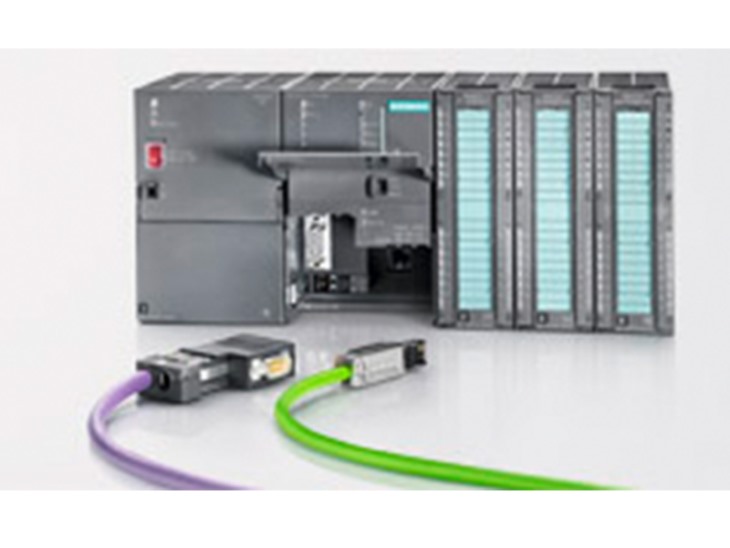
Siemens module
SIMATIC S7-300Siemens PLC universal controller saves installation space and has modules The characteristics of the design.
A large number of modules can be used to expand a centralized system or create a decentralized system based on the task at hand, and to promote the cost-effectiveness of spare parts. Thanks to its impressive range of innovations, the SIMATIC S7-300 universal controller is a comprehensive system that saves users additional investment and maintenance costs.
The signal module is the interface for the process operation of the SIMATIC S7-300. The versatility of the S7-300 module range allows for modular customization to meet changing tasks.
The S7-300 supports multi-faceted technical tasks and provides detailed communication options. In addition to CPUs with integrated functions and interfaces, there are various special modules for technology and communication in the S7-300 design.
To the top of the page
advantages
Easy installation
Connect the sensor/actuator through the front connector. The connection can be made using the following connection methods:
Screw terminal block
Spring type terminal block
Quick connection (insulation piercing)
After replacing the module, simply insert the connector into the new module of the same type and retain the original wiring. The encoding of the front end connector avoids errors.
Quick Connect
Connecting SIMATIC TOP is simpler and faster (not the onboard I/O of a compact CPU). A pre-assembled front connector with a single cable core and a complete plug-in modular system with front connector modules, connecting cables and terminal boxes are available.
High Assembly Density
The numerous channels in the module enable the S7-300 to achieve a space-saving design. Modules with 8 to 64 channels (digital) or 2 to 8 channels (analog) in each module can be used.
Simple parameterization
These modules are configured and parameterized using STEP 7 and do not require inconvenient conversion settings. The data is stored centrally. If the module is replaced, the data is automatically transferred to the new module to avoid any setup errors. No software upgrades are required when using the new module. Configuration information can be copied as needed, for example for standard machines. Back to top
To the top of the page
Design and Features
Many different digital and analog modules provide accurate input/output according to the requirements of each task.
The digital and analog modules differ in terms of channel count, voltage and current range, electrical isolation, diagnostics, and alarm functions. Among all the modules mentioned here, SIPLUS components can be used for extended temperature ranges of -25...60 °C and harmful air/condensation.
Diagnostics, Interruptions
Many modules also monitor signal acquisition (diagnostics) and signals returned from the process (process interrupt). This immediately reacts to errors that occur during the process, such as wire breaks or short circuits, as well as any process events such as rising or falling edges when digital is input. The response of the controller can be easily programmed using STEP 7.
Dedicated Modules
For testing and simulation, analog modules can be plugged into the S7-300. The module simulates the encoder signal by means of LED conversion and indication of the output signal.
This module can be inserted anywhere (without obeying the slot rules). This virtual module reserves a slot for unconfigured signal modules. When the module is installed later, the mechanical configuration and address assignment of the entire configuration are not changed.
The company's business projects mainly provide industrial automation control products and solutions for automation in various industries, including inverters, servo motors, DC converters, PLCs, regulators, intelligent motor controllers, Industrial control computer, control components and many other industrial automation control products. Its products and solutions can serve a wide range of industries including oil and gas, metallurgy, transportation, hydropower, textiles and infrastructure.


